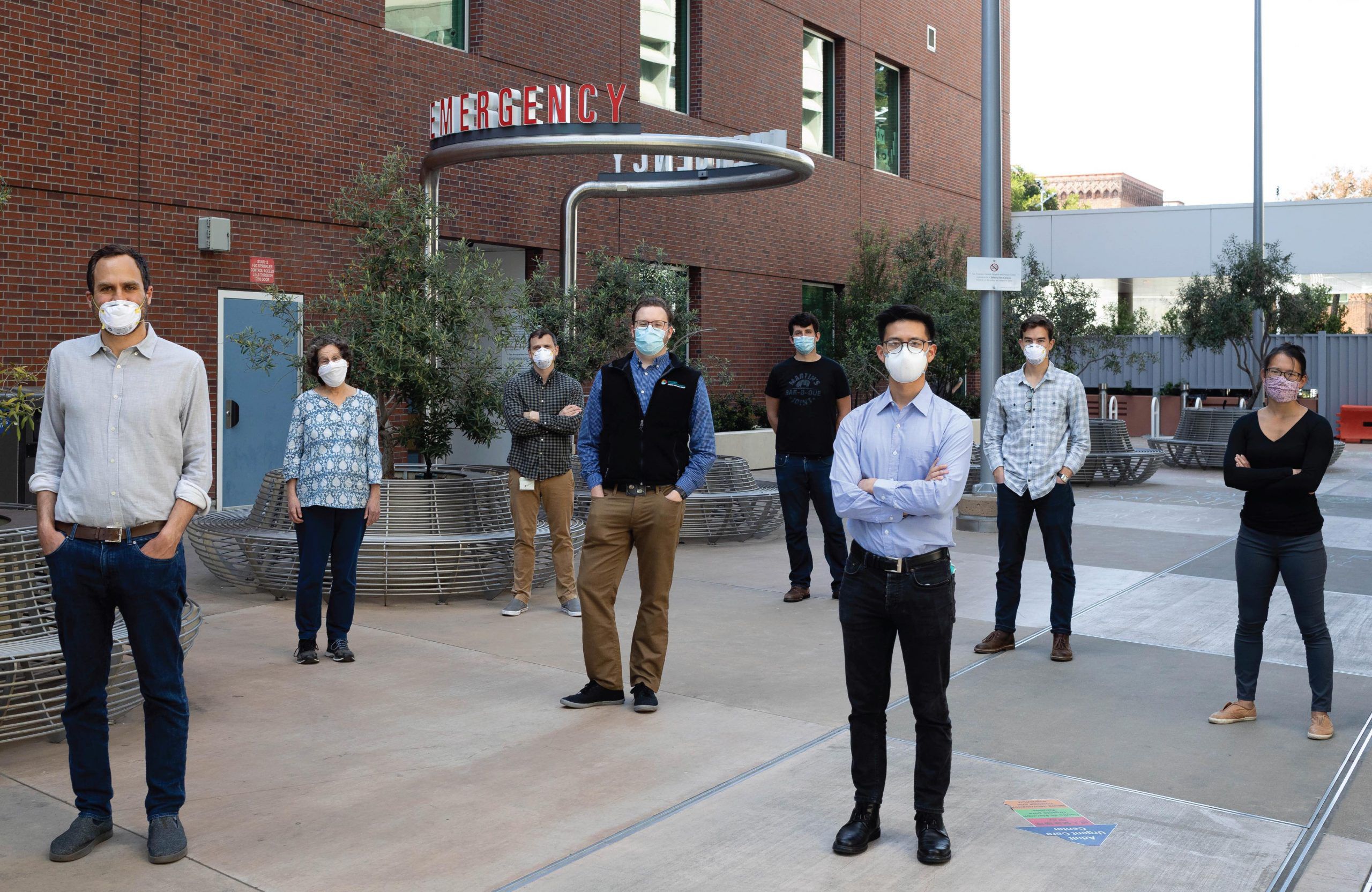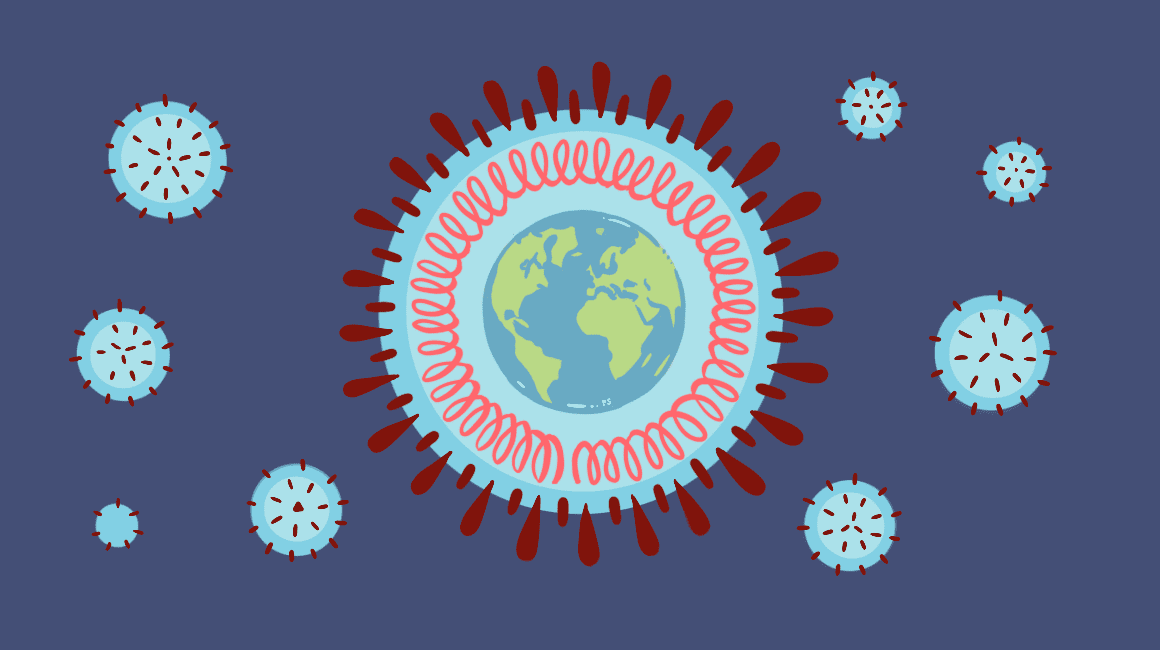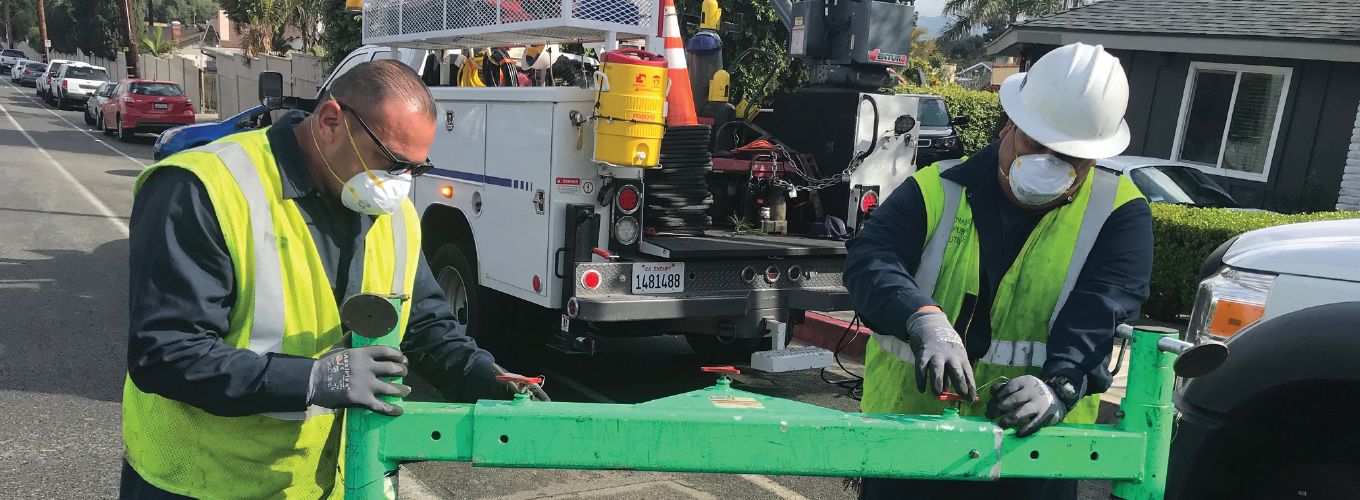
IGI Takes COVID-19 Testing to Utility Workers, Underserved
IGI takes COVID-19 testing to utility workers, underserved
Berkeley News | Robert Sanders | May 13, 2020
A month after opening, a COVID-19 testing lab at the University of California, Berkeley, has branched out from evaluating symptomatic students to assessing a broader range of people potentially exposed to the new coronavirus, including residents of local nursing homes, the East Bay’s homeless population, front-line firefighters and police officers and, now, utility workers around the state.
The pop-up lab, staffed by volunteers from the Innovative Genomics Institute (IGI), quickly increased its capacity to hundreds of tests per day after its April 6 opening, allowing it to respond to multiple requests from communities outside UC Berkeley. Since then, the lab has tested firefighters exposed to suspected COVID-19 patients and nursing home residents potentially exposed to the illness. It also has screened asymptomatic UC Berkeley police officers and health center staff, city of Berkeley firefighters and staff at East Bay health clinics. In addition to testing UC Berkeley students, faculty and staff, the lab is focusing on vulnerable populations and front-line responders who daily put themselves at risk of infection.
“We’re serving economically disadvantaged communities and our public servants to ensure we positively impact our entire society,” said Fyodor Urnov, a UC Berkeley Professor of Molecular and Cell Biology who leads IGI’s diagnostic lab as the institute’s Scientific Director for Technology and Translation. “This is who we are.”
The IGI is a research collaboration between UC Berkeley and UC San Francisco to advance CRISPR-based gene manipulation involving tools such as CRISPR-Cas9, which IGI founder Jennifer Doudna first turned into a revolutionary biomedical technique eight years ago.
“It’s been an honor to serve our community in this way,” said Doudna, a UC Berkeley Professor of Molecular and Cell Biology and of Chemistry and a Howard Hughes Medical Institute investigator. “It is vital that our tests to go to those who need them most. We want to keep essential workers safe, help the underserved and work toward reopening both the campus and the California economy.”

Next week, the IGI lab will begin to check asymptomatic employees from a handful of publicly owned utilities (POU) in areas of the state with limited testing resources, whether or not the employees are thought to have been exposed to the coronavirus. POUs are non-profit, community-operated water and power suppliers that serve the water needs of about 90% of the state’s residents and the power needs of about 25%.
Some POUs have had to house critical staff in nearby apartments or trailers to ensure that they aren’t exposed to COVID-19. This is of particular concern for operators who control key points of the power grid and water distribution infrastructure. Yet, many POUs are in small towns or areas of the state without access to the health centers that could assess their employees.
“Checking (for COVID-19) is really important in those setups because, if you are unknowingly sequestering an asymptomatic person with COVID with others on their shift, you run the risk of the entire shift getting sick,” said Karen Douglas, a commissioner with the California Energy Commission who initially reached out to IGI. “The POUs are providing essential electricity and water services to communities throughout the state. The testing that IGI is able to provide will help them protect their workers and their facilities as they carry out their work.”
Dirk Hockemeyer, a UC Berkeley Assistant Professor of Molecular and Cell Biology who leads much of the lab’s technical work, said, “I couldn’t believe that workers performing such truly essential functions couldn’t be tested. We jumped at the chance to help.”
Barry Moline, Executive Director of the California Municipal Utilities Association, admitted that POU operators had been gravely concerned and outspoken about the lack of personal protection equipment and testing, as had almost everyone else in the state. There was “this virus out there that could take down a facility that we were really nervous about,” he said.
“These are the people—power plant workers, line workers and control room workers—who are literally keeping the water flowing and keeping the lights on. We want to make sure that everything we are doing (to prevent spread of the virus among utility workers) is being effective,” Moline said.
Protecting the state’s electrical grid
Current plans are to FedEx kits — oropharyngeal swabs and sterile vials to contain the samples — to POUs in places such as Turlock and Redding, and as far away as Needles in Southern California. Local medical staff would then swab perhaps a dozen employees at each site after obtaining a physician’s OK, then drive them to a collection point from which they will be transported to UC Berkeley.
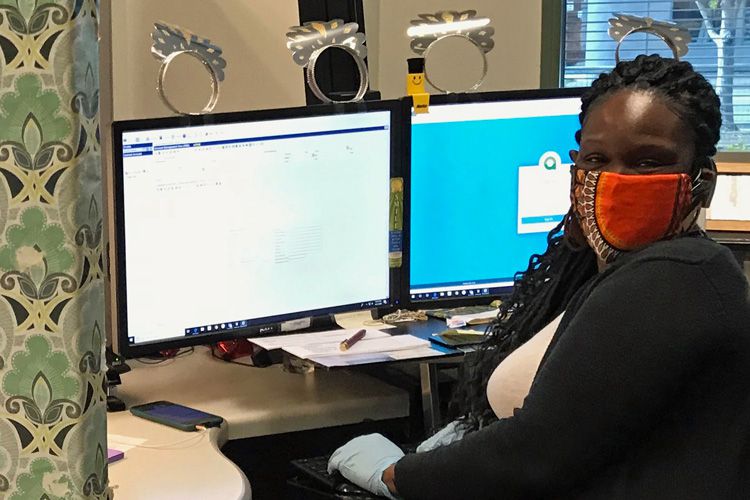
Currently, the lab can analyze about 180 samples per day and is scaling up to run about 1,000, leaving room to accommodate tests from utility workers.
“What many of the POUs would like to do is, first, test employees who may have had exposure to the virus or who are being sequestered because of the very specialized nature of their work. There is also an interest in instituting some level of regular screening of employees,” Douglas said. “About 150 tests a week should meet the most critical needs for testing, while allowing for some level of additional screening, as well.”
“The reason we are so appreciative of what IGI is doing is because it is hard for us to afford a $400 COVID-19 test,” Moline said, noting that some 2,000 utility workers at small POUs currently need some type of periodic testing. “Getting our folks back to work is critical. We are providing infrastructure for our communities to operate. Having IGI offer this service for either a low or no cost is a tremendous value to us.”
Urnov said that the IGI lab will likely launch a highly automated version of its reverse transcriptase-quantitative polymerase chain reaction (RT-qPCR) analysis in another week, allowing it to ramp up to 1,000 tests per day. With this capacity, the pop-up lab will be ready to help open up the state’s economy and bring students, faculty and staff back to the UC Berkeley campus.
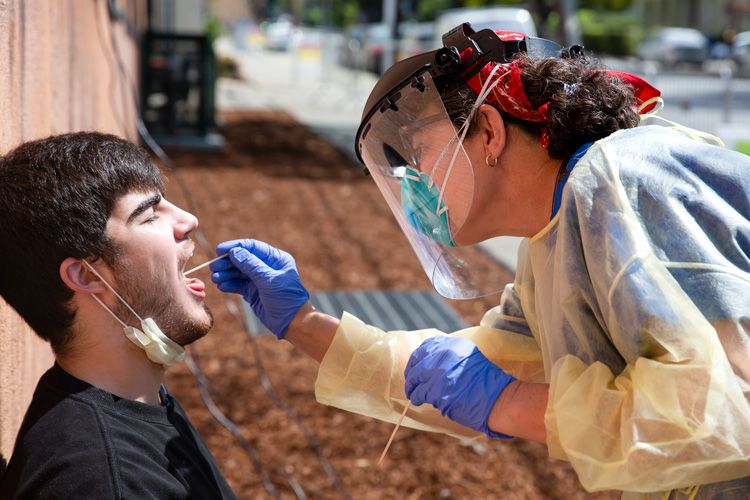
“What we and UC Berkeley’s chancellor are really thinking hard about, and what we are really working up toward, is safely reopening the campus,” Urnov said. “We will play an enabling and critical role — everything we are doing right now is in preparation for that.”
UC President Janet Napolitano said earlier this month that the system’s 10 campuses may open up in the fall with only a portion of students on campus, while the remainder take courses online. This would allow for social distancing in lecture halls and seminar rooms and also dormitories. To achieve this, however, the campus needs adequate diagnostic testing to detect both new COVID-19 cases and asymptomatic carriers of the virus, as well as the ability to perform antibody testing—something IGI is also hoping to expand—to identify those previously infected and potentially immune.
“When talking about opening up universities, everybody says testing capacity is an issue,” Urnov said. “So, our job is to say, ‘Testing capacity is not an issue.’”
Transforming academic labs into biotech startup
Urnov says that his life has been a whirlwind since the day in March when Doudna told her IGI colleagues that they needed to step up to address the COVID-19 pandemic. That was two days after the World Health Organization declared a global pandemic.
After a call for volunteers to staff a pop-up diagnostic lab, 862 people offered their help.
“We started on March 13 with a bunch of postdocs with their relaxed academic ways and suddenly we were having to deal with things like CLIA and HIPAA,” he said, referring to stringent, no-nonsense federal requirements for clinical testing labs (Clinical Laboratory Improvement Amendments) and patient privacy (Health Insurance Portability and Accountability Act).
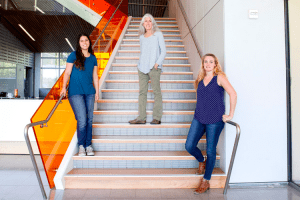
He estimates that, to date, IGI has spent a million dollars to set up the certified lab, not including the salaries of graduate students, postdoctoral fellows and faculty members like Urnov and Hockemeyer, who have abandoned their professional research to devote themselves full time to the lab.
The funds, from unrestricted gifts to the institute, enabled IGI to buy equipment, software, personal protective equipment, reagents and much more. Some UC Berkeley faculty donated their own lab equipment to the effort. Urnov and IGI colleagues even sourced new supplies of swabs, which were in short supply, and retooled the analysis to work with them.
COVID-19 test kits on the market typically work with nasopharyneal swabs—small cotton bulbs on a stick that reach far back in the nose. He and his team had to make do with oropharyngeal swabs, which have larger, Q-tip-sized heads, typically used to obtain samples from the mouth and midway up the nose. But the IGI team proved that test accuracy is the same for either type of swab. They packaged 1,000 of them into plastic bags to create ready-made kits for the medical personnel who deal directly with patients.
The IGI team wrote up their blueprint for a pop-up lab and posted it online, in hopes it will help other universities do the same thing.
“We have reported to physicians and to CalREDIE (the electronic case reporting arm of the California Department of Public Health) more than 1,000 tests,” Urnov said. “As best as we can tell, we haven’t made one mistake.”
“So far, we’ve offered all these tests for free,” added Doudna. “We’ve only been able to provide this service because of generous philanthropic donations. Charitable donations are the lifeblood sustaining our testing facility.”
To date, the proportion of people testing positive for COVID-19 ranges from about 1% to 4% for the various populations the IGI team has served. The turnaround time for patients for its semi-automated process is 24 hours, though the team can do the actual swab analysis in as little as 5.5 hours.
Operations of the pop-up lab, now down to a routine, were established under Hockemeyer’s leadership. He and several postdoctoral fellows and graduate students in the department played an essential role in ironing out the myriad technical details, Urnov said. Thirteen volunteers—the blue team—show up at 7 a.m. each day and break into smaller groups that accept and process incoming swabs, enter data into the HIPAA and CLIA-certified database and process samples prepared the day before. The red team takes over in early afternoon.
Others support the team, while Urnov and Hockemeyer troubleshoot and Urnov plans for future testing and interfaces with the many organizations seeking help.
Urnov spent about four hours on a recent Sunday tracking down the makers of a special ink needed to print barcode labels for sample tubes that go into swab kits. The manufacturer claimed the ink was out of stock. Urnov eventually reached the chief technology officer of the company, and the ink was on IGI’s doorstep 24 hours later.
“Six or seven organizations—Salesforce, which helped set up our data management systems; ThermoFisher, which makes the analysis kits; Hamilton, which makes the automated liquid-handling robot; the barcode people at Zebra Technologies—they are like, ‘We are going to go out of our way to help you,’” he said. “People respond in a sincere way to the public good.”
All this allows the IGI team to serve more organizations in need of testing. LifeLong Medical Care, which serves the health needs of underserved populations, has already sent hundreds of tests for analysis, many from people living on the streets. And IGI recently agreed to test up to 200 people per week through Roots Community Health Center in Oakland, which serves recently incarcerated, low-income, homeless and other marginalized groups.

“In all my years at Berkeley, I’ve never felt as connected to my community as I have during this experience,” said Hockemeyer. “As a researcher, it’s rare to see the impact of your work so immediately and to see that you are, without doubt, doing a significant amount of good.”
Moline of the utility group is one of the team’s grateful clients.
“The good news is that we feel we as though we have got the resources to tap into, whereas a few weeks ago, we were desperate. Thanks to IGI, we have learned to ask the right questions, we have been able to move in the right direction. We are not where we need to be, but things are beginning to fall into place, and that is a huge benefit,” he said.
Media Contacts
Fyodor Urnov: urnov@berkeley.edu
Dirk Hockemeyer: hockemeyer@berkeley.edu

